Rosé has evolved in recent decades. Once regarded as a cheap and treacly wine, it’s now a favourite of oeno-enthusiasts and neophytes alike – and even has its very own season. A glass of rosé may be a quintessential sign of summer, but it has actually been served year-round for ages, especially in European wine-making countries. Read on for an inside look at how rosé is made, as well as different styles to try, the foods to pair with it, and the best places in the world to drink it.
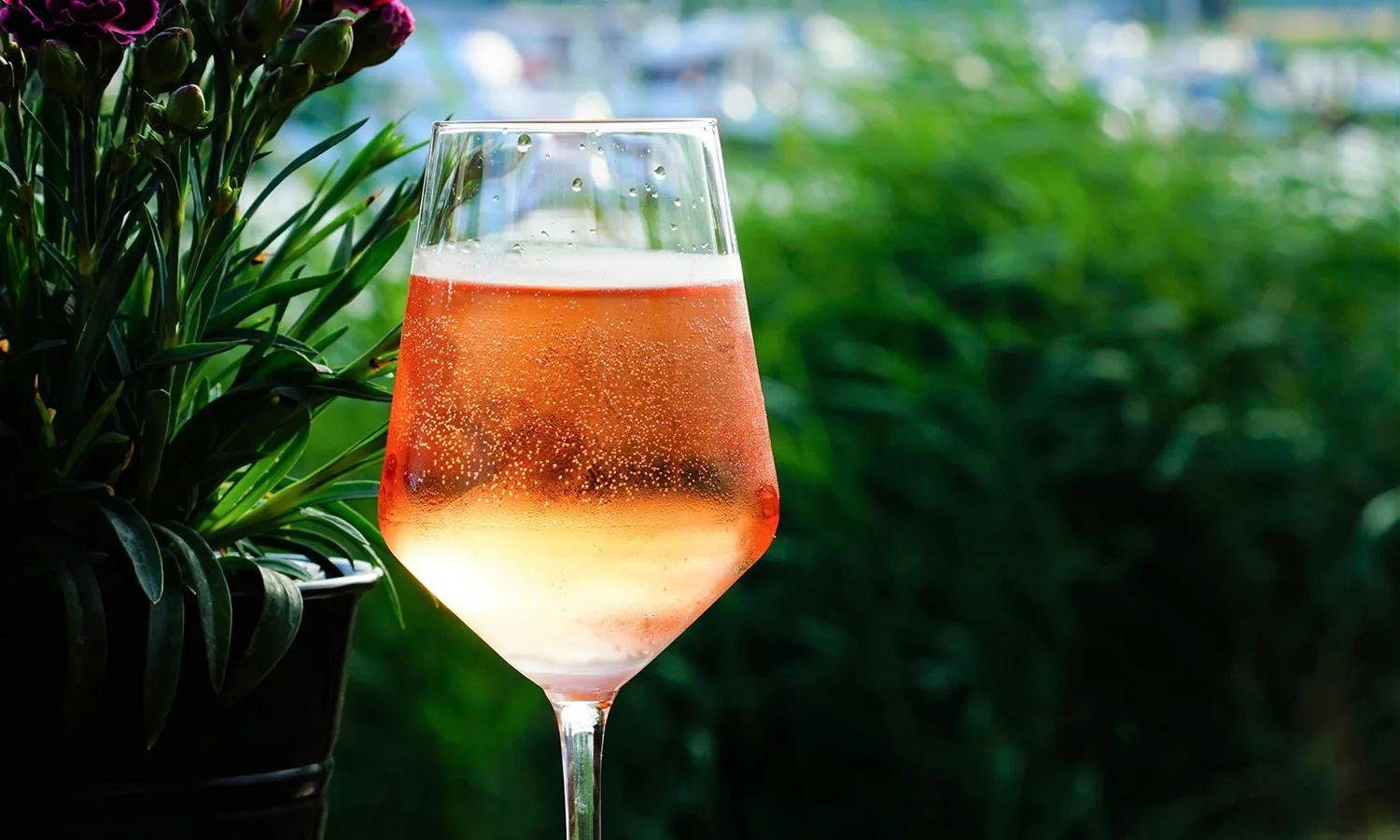
What Is Rosé Wine?
Traditionally, rosé is made from black (red) grape varieties that have little skin contact and produce a pale colour, known for their freshness and delicate fruity, floral and herbaceous flavours. Once the grapes are crushed, their skins are filtered away after a given time – ranging from a few hours to a few days – instead of macerating for weeks, as they do for red wines. The colour and flavour profile of the wine vary considerably. The longer the juice stays in contact with the skins, the deeper the colour, aroma and flavour of the wine.
Another method is saignée, which is French for ‘bleeding’. In this case, a portion of the macerated red grapes is drained from the tank and fermented separately, resulting in a richer palate and deeper coloured rosé. Some are even age-able and develop mature fruit and spice notes over time. The saignée method was originally intended to produce richer red wines by draining off extra juice. Wineries known for producing big bold reds, like Cabernet Sauvignon, Syrah and Cabernet Franc, often produce some saignée rosé, and they’re worth trying.
Though blending red and white grapes may seem like the obvious way to produce pink wine, surprisingly it’s not the main approach. This method is mostly used in the Champagne and Franciacorta regions, as well as for sparkling Crémant rosés. Pinot Noir is by far the most utilised red grape here, and is blended with Chardonnay and Pinot Blanc. For Cava rosado, Garnacha (Grenache) and Monastrell (Mourvèdre) are often used.
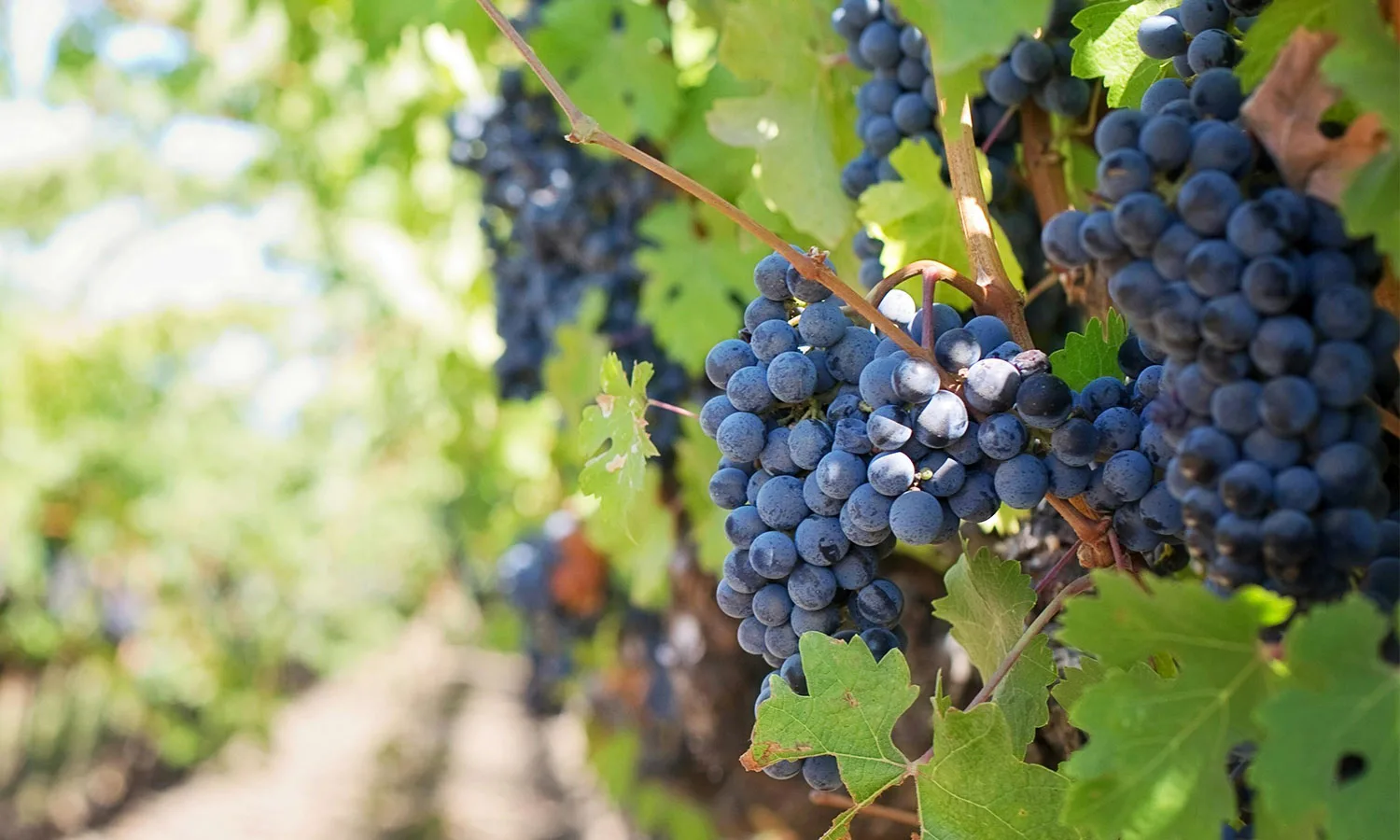
When it comes to grape varieties for rosé, there’s no hard and fast rule, though certain varieties are undoubtedly popular. According to award-winning sommelier and Athens wine bar owner Aris Sklavenitis, grapes like Grenache and Greece’s own Xinomavro are particularly versatile and produce a range of rosé styles to accompany different dishes. Pinot Noir has been vinified skin-free for centuries as the base wine for Champagne; as a rosé, both sparkling and non, Pinot produces delightful aromas of spring strawberries, cherry blossoms and even watermelon.
Rosé Regions Around The World
While the practice of making rosé began in the Old World, the wine’s surge in popularity has seen New World wineries throughout the Americas, South Africa, Australia and New Zealand begin producing their own as well.
Provence, in southern France, is practically synonymous with rosé. Their signature s-curved bottles of Côtes de Provence have a pale salmon pink colour and exhibit young strawberry and raspberry notes, as well as some herbaceous touches like fennel, lavender and mint, and a lovely mouth-watering mineral finish. For similar flavours, look for Coteaux d’Aix-en-Provence. Bandol, on the other hand, is famous for its bright pink hue and more intense flavours, while tiny appellation Tavel produces magenta-coloured rosés packed with fruit and spice notes. Provençal rosés use the same grapes as Rhône Valley reds: Grenache, Cinsault, Syrah, Mourvèdre and Carignan.
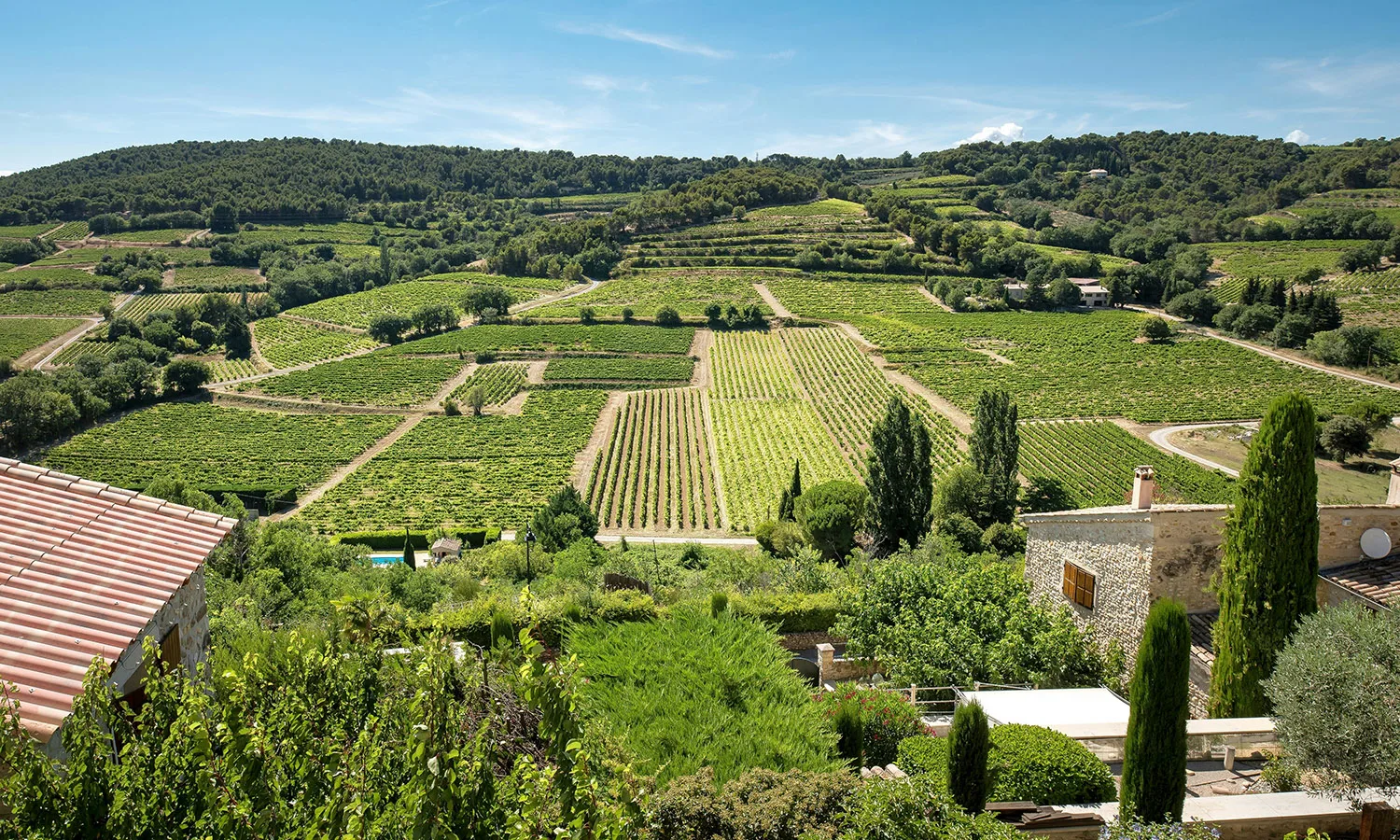
The Loire Valley of France, on the other hand, produces a range of dry, yet fruitier rosé wines. Sancerre, known for its famous Sauvignon Blanc, also produces sought-after rosés, as does Anjou (Rosé d’Anjou). Loire rosé uses primarily Cabernet Franc, Pinot Noir, Gamay and a local grape, Grolleau.
Puglia, on Italy’s bootheel, is renowned for bold and smoky reds, especially Primitivo and Negroamaro, the Italian cousin of Zinfandel. The southern tip, Salento is equally known for its bright, fruity and floral rosés with a wonderful sea-salty finish.
Tuscany and Piedmont, arguably Italy’s most famous wine regions and also known for their reds (Sangiovese and Nebbiolo, respectively), turn out elegant, dry and clean rosés as well. In the Lombardian region of Oltrepò Pavese, Pinot Nero (Pinot Noir) has been surging in popularity and quality. Cruasé, their sparkling wine produced via the Champagne method, has a luscious, creamy effervescence and explosive notes of ripe strawberries.
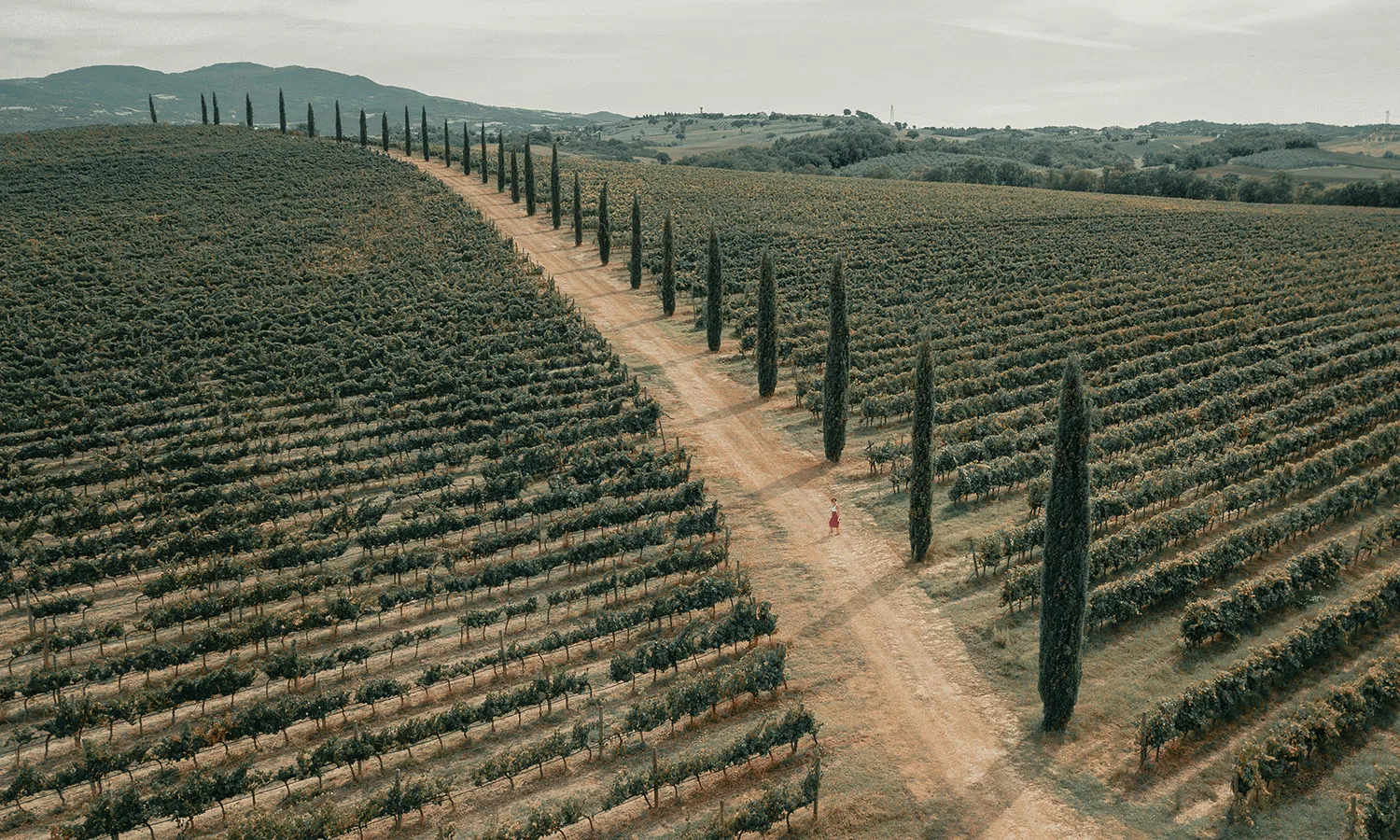
Spanish rosés, primarily produced in Navarre, Rioja and Cigales, range from dry and pale pink to deeper-coloured and fruity. They’re primarily made with the country’s most popular grapes, Garnacha (Grenache) and Tempranillo, though Cabernet Sauvignon also makes an appearance.
In the heartland of bold and juicy Malbec, rosé makes perfect sense as well. Rosé wines from Mendoza, Argentina pack the punch when it comes to fruit notes like strawberry, blackberry and cherry. Malbec is, of course, the primary grape, but Cabernet Sauvignon and Syrah add extra body and flavour to the blend.
Australia is famous for its bombastic reds, made from Shiraz (Syrah), as well as more experimental international varieties like Rhône grapes Grenache and Mourvèdre, as well as Italy’s beloved cherry-scented Sangiovese. Check out Barossa Valley, McLaren Vale and Yarra Valley for the greatest variety of styles.
Up-and-coming to the rest of the world perhaps, but the sunbathed, mountainous region of Nemea in Greece’s central Peloponnese has been producing rosé for ages from their indigenous red variety, Xinomavro. Immensely fruity and floral with a steely mineral finish, they’re worth seeking out.
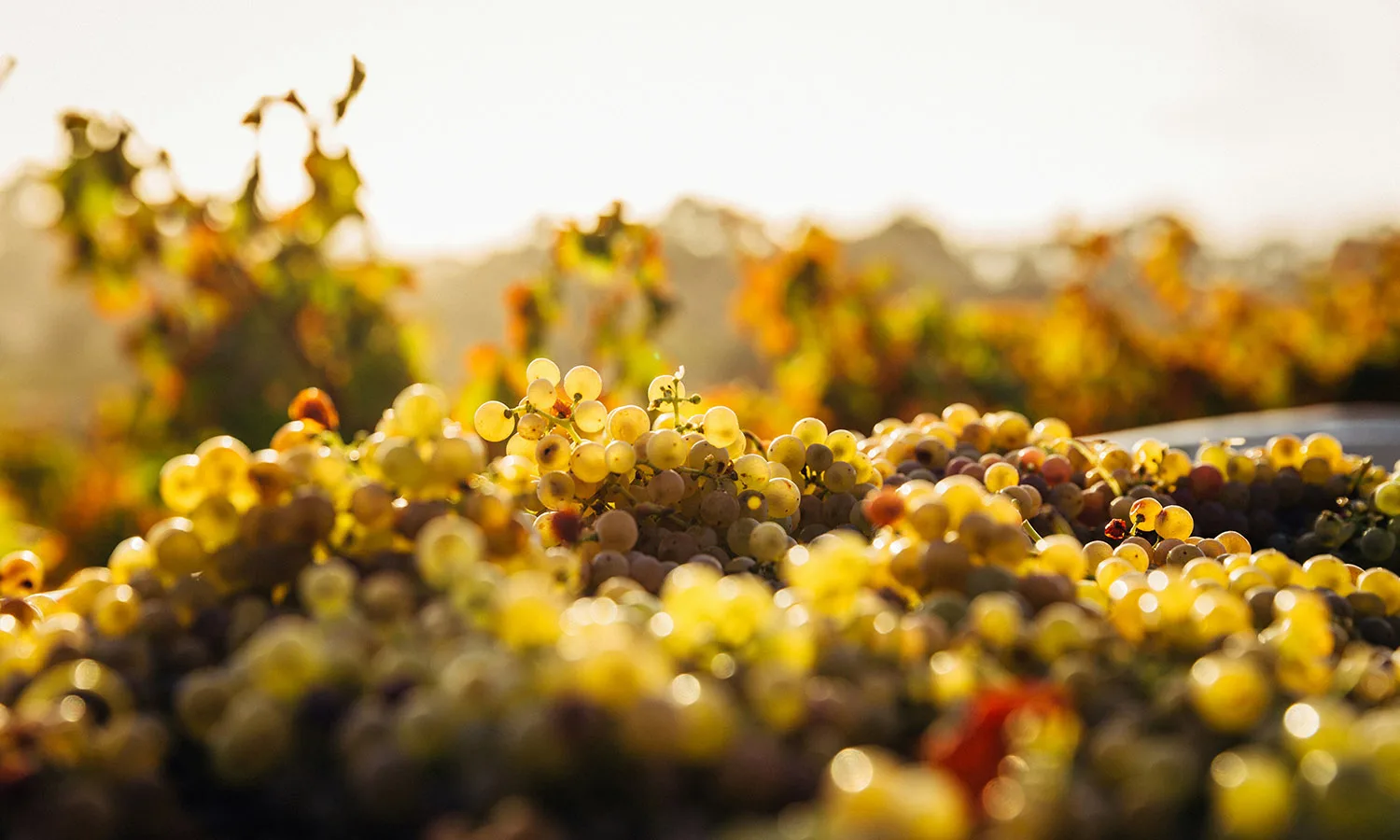
The Right Rosé: Pairing With Food
The rules of red with meat and white with fish are an instinctive place to start, but there are infinite exceptions to the rule, and rosé frequently gets left out of the equation – a shame, given that its versatility makes rosé a fantastic companion to all sorts of salads and veggies.
Sklavenitis recommends rosé with tomato-based dishes, which makes sense as tomatoes can be tangy, but have delicate aromas and require the right balance. Elaborate seafood dishes, like bouillabaisse or sautéed mussels with a savoury tomato sauce (incidentally a Provençal specialty), really bloom with a glass of rosé. Seafood crudo, especially raw shrimp and scallops, get a lift from rosé’s fruity and mineral qualities.
Rosé is also a perfect complement to pork, in its many manifestations. From bacon to braised pork belly, the “other white meat” makes sense with a wine that itself is, in a way, neither here nor there.
And of course, a glass of rosé tastes best seaside, lakeside or poolside, and always alongside great company.

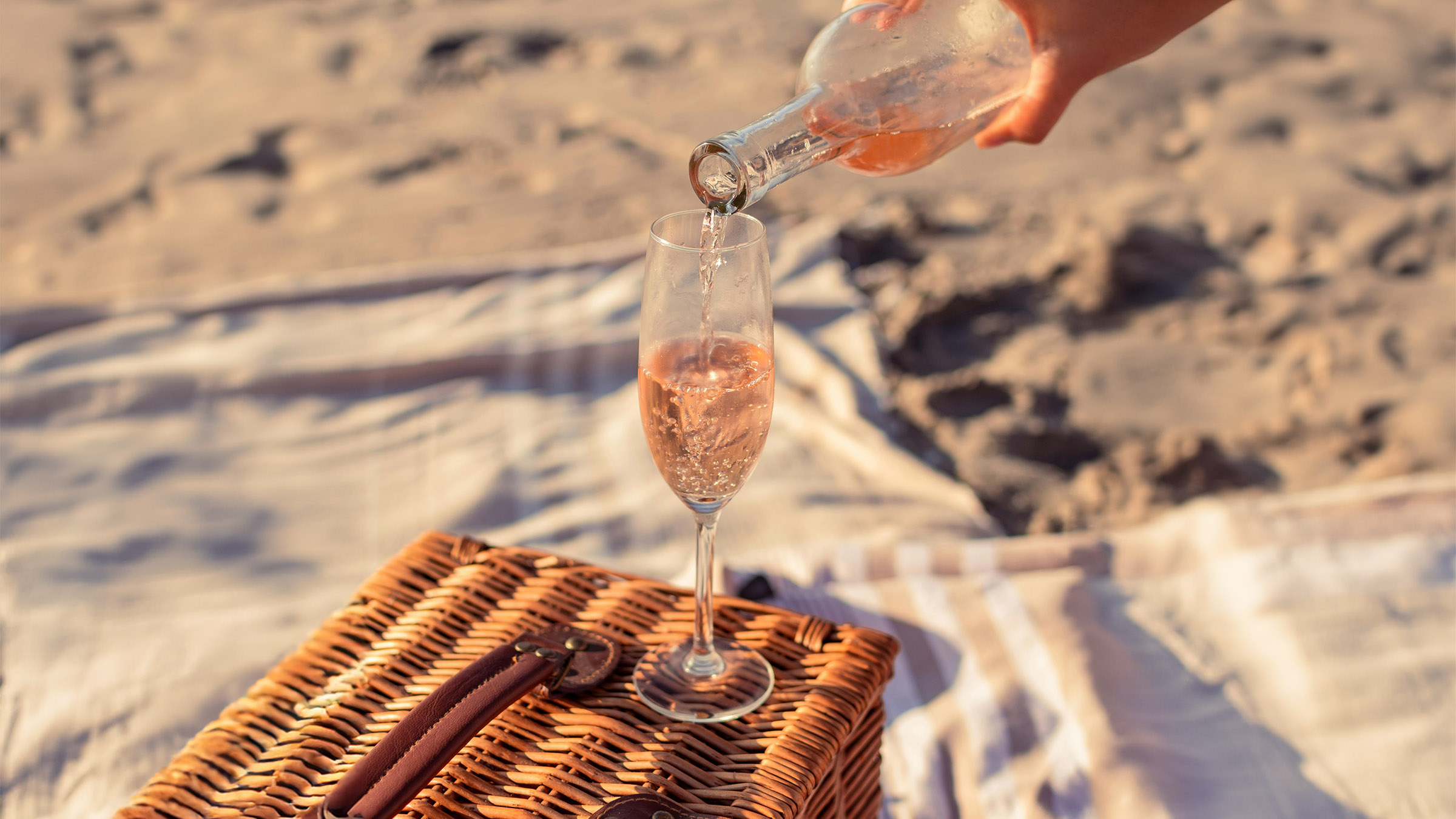
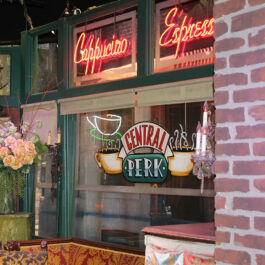











Sorry, the comment form is closed at this time.